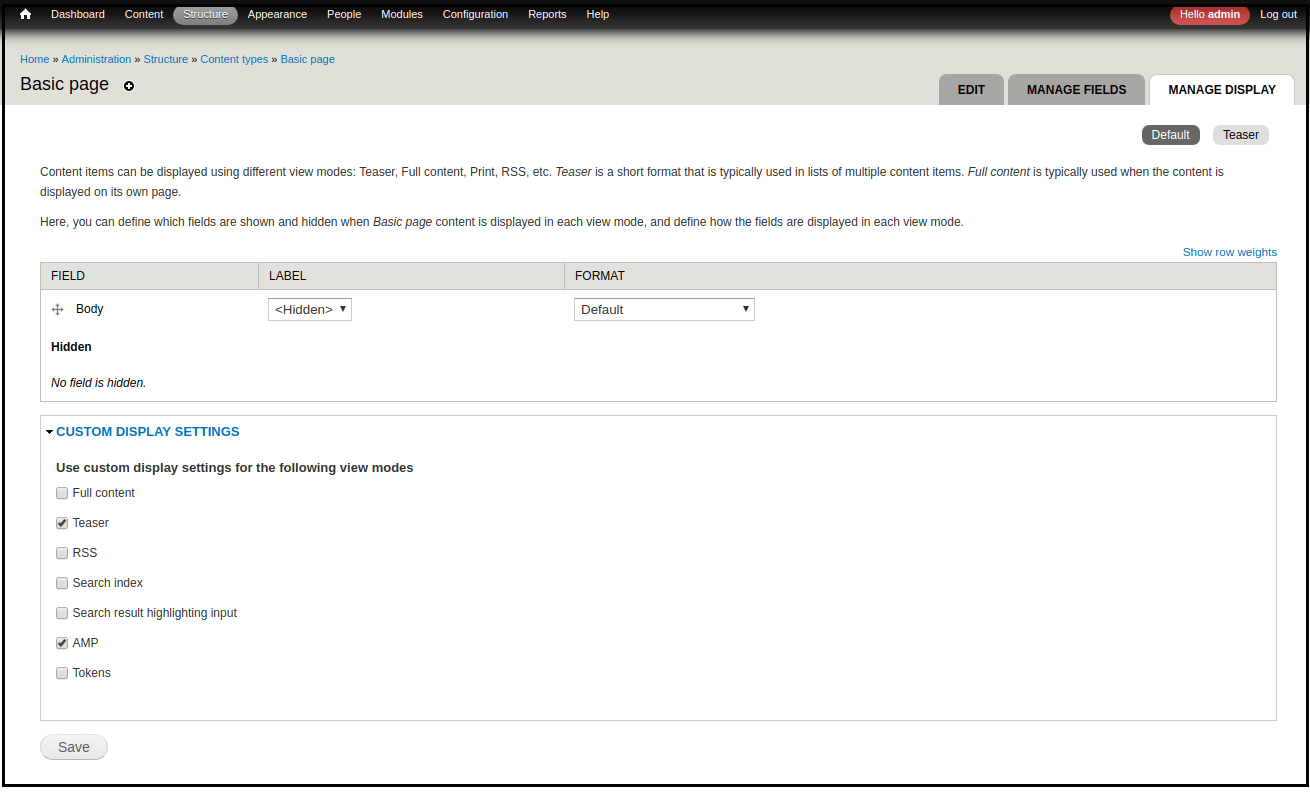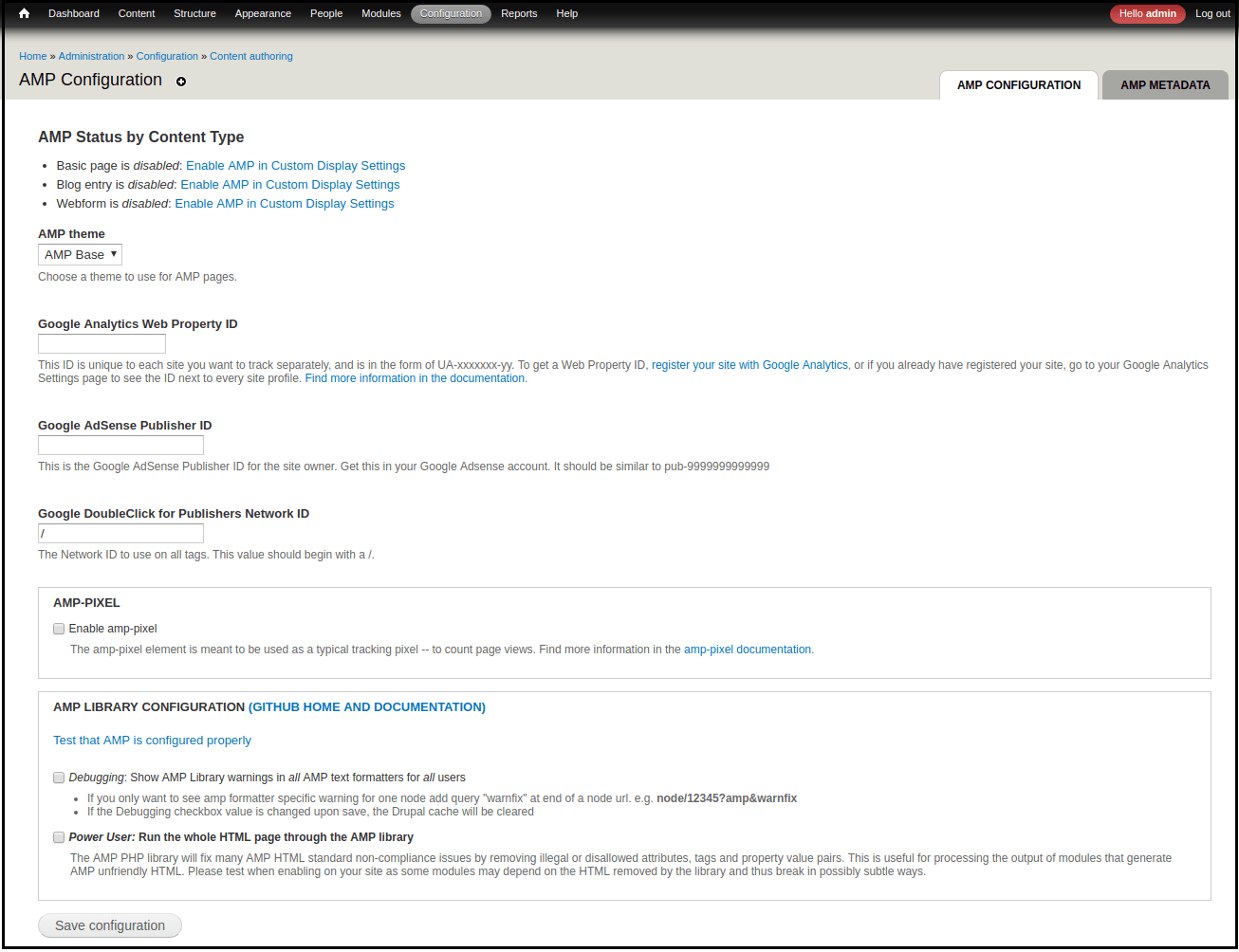
When the open-source Accelerated Mobile Pages (AMP) project was launched in October 2015, Google AMP was often compared to Facebook's Instant Articles. Nonetheless, both of the tech-giants share a common goal – to make web pages load faster. While AMP can be reached with a web URL, Facebook’s Instant Articles aimed only at easing the pain for their app-users. Teaming up with some powerful launch partners in the publishing and technology sectors, Google AMP aimed to impact the future of content distribution on mobile devices.
Fast forward to today, and Google AMP is the hottest thing on the internet. With over 25 million website domains that have published over 4 Billion AMP pages, it did not take long for the project to be a huge success. Comprising of two main features; Speed and Support to Monetization of Objects, AMPs implications are far reaching for enterprise businesses, marketers, ecommerce and every other big and small organizations. With great features and the fact that its origin as a Google Initiative, it is no surprise that the AMP pages get featured in Google SERP more prominently.
What is AMP?
With the rapid surge in mobile users, the need to provide a website-like user experience does not just cut it. Today mobile user’s come with a smaller attention-span and varied internet speeds. Businesses can cater to each of these challenge with a fast-loading, light-weight and an app-like website with Google AMP.
AMP is an open-source framework that simplifies the HTML, streamlines CSS rules, restricts use of Javascript (can use AMP’s component library instead) and delivers pages via a Google AMP cache (a proxy-based Content Delivery Network).
Why AMP??
Impacting the technical architecture of digital assets, Google's open source initiative aims to provide streamlined web pages to mobile browsers and other apps.
It is Fast, like Really Fast
Google AMP loads about twice as fast as a normal comparable mobile page and the latency is as less as one-tenth. Intended to provide the fastest experience for mobile users, customers will be able to access content faster, and they are more likely to stay on the page to make a purchase or enquire about your service, because they know it won't take long.
An Organic Boost
Eligibility for the AMP carousal that rests above the other search results on Google SERP, resulting in a substantial increase in organic result and traffic is a major boost for the visibility of an organization. Though not responsible for increasing the page authority and domain authority, Google AMP plays a key role in sending far more traffic your way.
ROI
The fact that AMP leverages and not disrupts the existing web infrastructure of a website, makes the cost of adopting AMP much lesser than the competing technologies. In return, Google AMP enables better user experience which translates to better conversion rates on mobile devices.
Drupal & AMP
With better user engagement, higher dwell time and easy navigation between content benefits, businesses are bound to drive more traffic with AMP-friendly pages and increase their revenue. The AMP module is especially useful for marketers as it is a great addition to optimize their Drupal SEO efforts.
AMP produces HTML that makes the web a faster place. Implementing the AMP module in Drupal is really simple. Just download, enable and configure!
Before you begin with the integration of AMP module with Drupal, you need -
AMP Module : The AMP module mainly handles the conversion of regular Drupal HTML pages to AMP-complaint pages.
Two main components of AMP module:
AMP Module : The AMP module mainly handles the conversion of regular Drupal HTML pages to AMP-complaint pages.
Two main components of AMP module:
AMP Theme: I'm sure you have come across AMP HTML and its standards. The one that are responsible for your content to look effective and perform well on mobile. The Drupal AMP theme produces the mark up required by these standards for websites looking to perform well in the mobile world. Also, AMP theme allows creation of custom-made AMP pages.
AMP PHP Library: Consisting of the AMP base theme and the ExAMPle sub-theme, the Drupal AMP PHP Library handles the final corrections. Users can also create their own AMP sub-theme from scratch, or modify the default ExAMPle sub-theme for their specific requirements.
How to setup AMP with Drupal?
Before you integrate AMP with Drupal, you need to understand that AMP does not replace your entire website. Instead, at its essence, the AMP module provides a view mode for content types, which is displayed when the browser asks for an AMP version.
Download the AMP Module
With your local prepped up, type the following terminal command:
drush dl amp, amptheme, composer_manager
This command will download the AMP module, the AMP theme and the Composer Manager module (suppose if you do not have the Composer Manager already).
If you have been a user of Drupal 9, you are probably familiar with Composer and its function as a packaging tool for PHP that installs dependencies for a project. The composer is used to install a PHP library that converts raw HTML into AMP HTML. Also, the composer will help to get that library working with Drupal.
However, as the AMP module does not explicitly require Composer Manager for a dependency, alternate workflows can make use of module Composer files without using Composer Manager.
Next, enable the items that are required to get started:
drush en composer_manager, amptheme, ampsubtheme_example
Before enabling the AMP module itself, an AMP sub-theme needs to be enabled. The default configuration for the AMP module sets the AMP Theme to ‘ExAMPle subtheme.’
How to Enable AMP Module?
The AMP module for Drupal can be enabled using Drush. Once the module is enabled, the Composer Manager will take care of the downloading of the other AMP libraries and its dependencies.
drush en amp
Configuration
Once everything is installed and enabled, AMP needs to be configured using a web interface before the Drupal AMP pages can be displayed. First up, you need to decide which content types should have an AMP version. You might not need it for all of them. Enable particular content type by clicking on the “Enable AMP in Custom Display Settings” link. On the next page, open the “Custom Display Settings” fieldset. Check the AMP box, then click Save.

Setting an AMP Theme
Once the AMP module and content type is configured, it is time to select a theme for AMP pages and configure it. The view modules and the field formatters of the Drupal AMP module take care of the main content of the page. The Drupal AMP theme, on the other hand, changes the mark-up outside the main content area of the page.
Also, the Drupal AMP themes enables you to create custom styles for your AMP pages. On the main AMP config page, make sure that the setting for the AMP theme is set to the ExAMPle Subtheme or the custom AMP subtheme that you created.

One thing is certain. Google favours websites that provide the best experience possible for mobile users. With tough competition from Facebook Instant Articles and Apple News, Google AMP aims to decrease page loading time to influence the user experience. Drupal websites can leverage the AMP module that can produce AMP HTML and substantially speed up web page loading time. Beyond the success of publishers and ecommerce websites on Drupal 9 , a number of other websites are utilizing AMP along with the inclusion of progressive web apps. With a bright future ahead, Google AMP will be one of the strongest tools for traffic generation and conversions.



